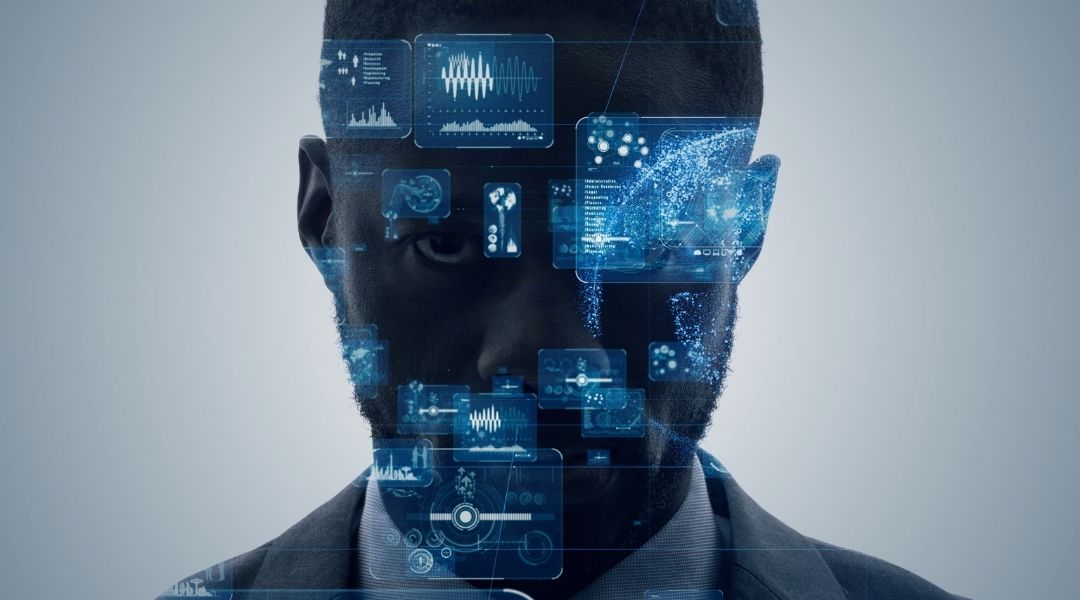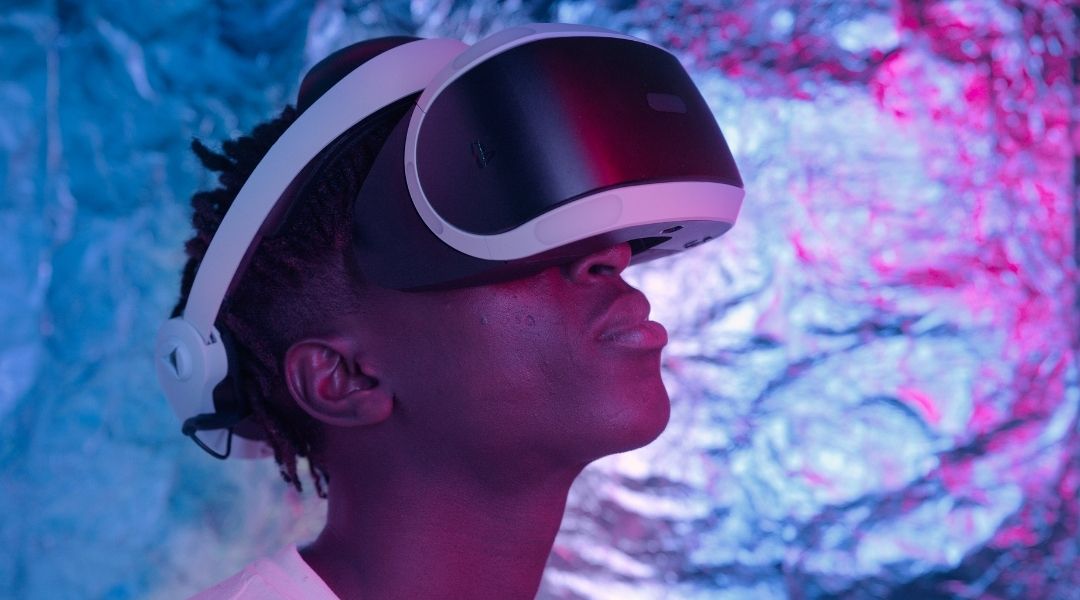A major upheaval is rocking visual content marketing, driven by the forceful pairing of AI and visual recognition, which is breaking new ground and creating exciting opportunities. This tech sees, sorts, and understands images faster than ever before. Among the flood of images and videos out there, we’re searching for the standout moments – that intriguing object, that unforgettable person, or that boundary-pushing AR illusion that draws you in.
It’s making waves from social media strategies to e-commerce platforms where what you see can instantly be found for purchase online. Take video content to the next level by tapping into the fine art of precision tagging, which allows you to pinpoint exactly who your audience is and craft irresistibly engaging content that speaks directly to them.
Think of finding the perfect scene without scrubbing through hours of footage! Now, imagine a future where this technology is even more sophisticated; marketers need to stay up-to-date on best practices to truly benefit from AI’s capabilities in visual content creation and distribution. One glance at a time leads us to the heart of it: What exactly is Visual Recognition?
Introduction to AI and Visual Recognition
- Understanding Visual Recognition: Visual recognition means machines can see and understand pictures or videos like we do. This tech lets computers recognize faces, objects, and scenes. It’s not just for marketing; it also helps doctors diagnose diseases, makes cars drive themselves, and keeps places safe with video surveillance. Think of the possibilities when you use this in your marketing to connect better with people.
- The Power of Visual Content: Our brains get visual information faster than text. A picture can capture our feelings or tell a story quickly. For marketers aiming to be noticed online, visuals are crucial tools that grab attention fast while being remembered longer than words alone! Now imagine combining these captivating images with AI—your content will not just catch eyes but stick in minds, too.
- AI Enhances Marketing Strategies: Incorporating AI into visual content strategies opens new doors for personalization and engagement. Marketers now have tools at their disposal to deeply analyze what types of visuals strike chords within different audiences effectively using machine learning algorithms designed by smart folks around the globe who know their onions about all things data science, so if there ever was a way you wanted those Instagram posts reach out specifically fitting demographics then count technology making bets on making sure each post is as compelling as possible!
Image Recognition and Object Detection
- Making Sense of Images: Image recognition lets machines understand pictures like we do. Google Photos sorts images by spotting faces and places. In marketing, it streamlines product tagging and content moderation. It’s also key for visual search enhancements.
- Spotting Objects Like a Pro: This skill moves past simple image recognition to point out objects’ exact spots. Crucial for self-driving cars and high-tier security setups, marketers use it to make photos shoppable directly from the image, boosting user engagement and sales simultaneously.
- Applications in Marketing: Brands now personalize their online experience by analyzing what they visually prefer on platforms such as Instagram or Pinterest. AI powers e-commerce suggestions, making shopping smoother than ever before while ensuring social media spaces stay clean with automatic inappropriate content detection.
AI-driven Video Content Tagging
You need to know how AI-driven video content tagging is changing the game. Think about the vast amount of videos online. It’s a lot, right?
This technology uses machine learning to sift through each frame of those videos. It identifies critical parts like objects and spoken words, then adds tags or metadata. So why does this matter for you as a marketer?
First off, it makes your video more searchable. That means people can find your content easier than ever before. Platforms like YouTube and TikTok are already on board with this approach; they use it to push relevant videos towards viewers.
Here’s where it gets really interesting for us marketers: Optimizing SEO for our video content isn’t just a wish anymore; it’s doable with AI tagging. You can figure out which scenes click with audiences and even reuse successful bits across platforms without guessing games. Have you ever heard of Google Lens or Pinterest Lens?
They let users search using images instead of typing queries into a box. A visual search based on features such as shape or color in an image similar to what we’re talking about but applied differently. In essence, AI tagging gives us insights that were tough to nail down before.
The Role of Visual Search in E-commerce
- Revolutionizing E-commerce Shopping: Visual search turns basic shopping on its head by using photos for finding products. Users simply upload an image, and AI gets to work. The technology finds similar items for sale almost instantly. It’s like magic but powered by algorithms.
- Inspiration Becomes Reality with Real-World Examples: Pinterest now lets you snap a photo and find decor or clothes matching it. ASOS offers this, too, making fashion quests easy with just a picture. Imagine liking a friend’s outfit and buying something similar in seconds.
- Skyrocketing Sales Through Enhanced Experiences: This tech is not just cool; it boosts sales big time. Shops get happier customers who stick around longer and buy more often when they interact via visual search. Businesses embracing this see their numbers climb as shoppers enjoy the futuristic simplicity of buying what they see.
Augmented Reality (AR) and AI in Marketing
In your marketing strategy, blending AR and AI can truly up the game when it comes to engaging with customers. Picture this: You’re scrolling through an app, and you see a sofa that would look perfect in your living room. With IKEA’s Place app, which combines AR technology with AI understanding of space and objects, you can actually see how that sofa fits into your room before buying it.
L’Oréal and Sephora are ahead here too; they let shoppers try on makeup virtually from wherever they might be. It isn’t just about imagining anymore; these tools show exactly how products will look on them. Snapchat and Instagram filters transform regular posts into fun experiences using AI-powered AR.
These filters make dog ears react to head movements or let a crown sit perfectly atop your head in videos. What makes this all sing? When enriched by real-time object recognition and contextual cleverness provided by integrating artificial intelligence (AI) capabilities within augmented reality (AR), digital overlays become not only interactive but astonishingly relevant to each consumer’s environment at any moment.
The Future of AI in Visual Content Marketing
- AI-Generated Content Creation: You can now produce unique images or videos just by describing what you want. Tools like DALL-E are changing the game. They allow for the creation of stunning visuals from simple text prompts. This ability lets marketers develop custom content without spending tons on production. Plus, it’s a massive time saver.
- Personalization at Scale: Imagine showing your audience exactly what they find engaging, almost like mind reading. AI analyzes user data to craft visuals that hit closer to home for each viewer. This means ads and posts speak directly to individual interests and needs. It boosts engagement rates through the roof when done right.
- The Must-Know Tech Trends: To avoid falling behind, staying updated with deep learning and GANs is crucial for any marketer today. Deep learning lets AI grasp complex patterns in visual content like never before. Meanwhile, GANs bring lifelike quality into generated graphics, setting new standards of realism. Jumping on these tech trends early gives brands an edge over competitors who lag behind.
Best Practices for Leveraging AI in Visual Content Marketing
Let’s talk strategy for using AI in your visual content marketing, okay? First off, investing in tools like Canva or Adobe Sensei can really save you time. These platforms help create stunning visuals without needing a designer on call 24/7.
Google Vision AI is another tool that shouldn’t be overlooked. It makes optimizing visuals easier so they do what you want them to do—grab attention. Next, never lose sight of who it’s all for—your audience.
Your images and videos need to hit the mark with them, or else what’s the point? Make sure every piece of content is something they’ll find useful or interesting. Now, let’s move on to measuring how well this stuff works because guesswork isn’t going to cut it.
Utilize analytics to see how these AI-driven pieces are performing out there in the wild. Are people engaging more? Do conversions increase when you use certain types of visuals?
This info tells you if you’re on the right track. By keeping an eye on performance and staying focused on creating relevant, visually appealing content tailored by powerful AI tools, marketers can significantly boost their game—no doubt about it.
Wrapping up: AI in visual storytelling isn’t just futuristic. It’s already here transforming how we craft and share stories but calls for balance. By being mindful of ethical considerations around bias and employment impacts while embracing technological benefits for creativity, we stand at the cusp, not only merely evolving but setting standards for responsible innovation within this space.
AI in visual recognition is reshaping how we approach visual content marketing.










